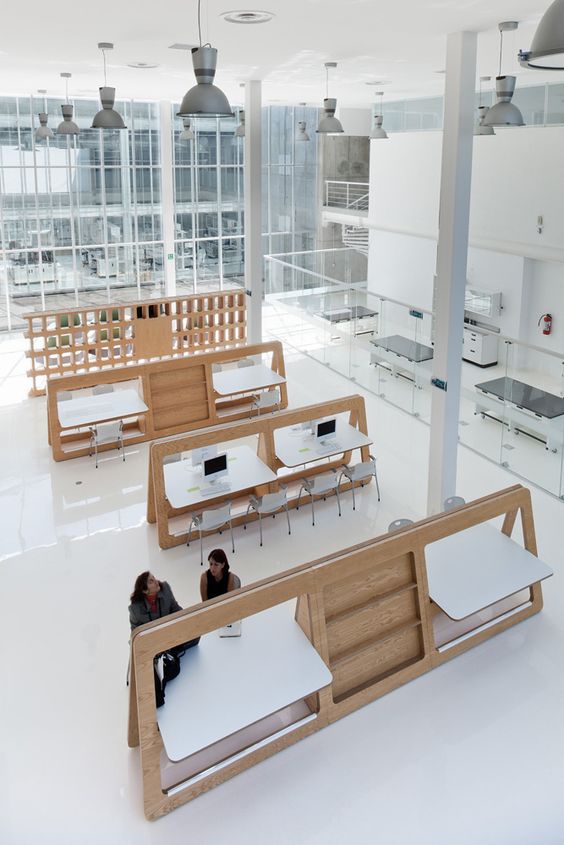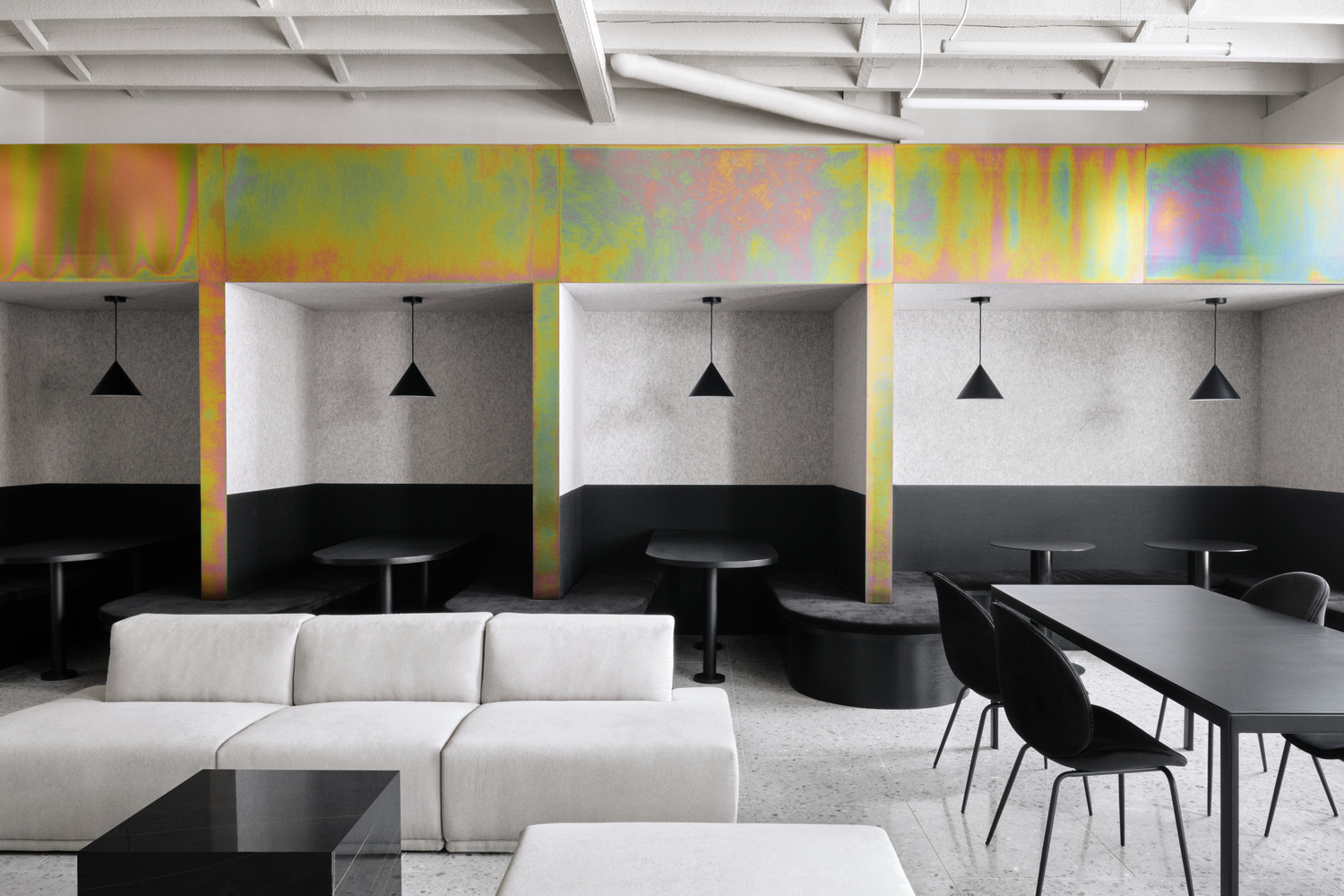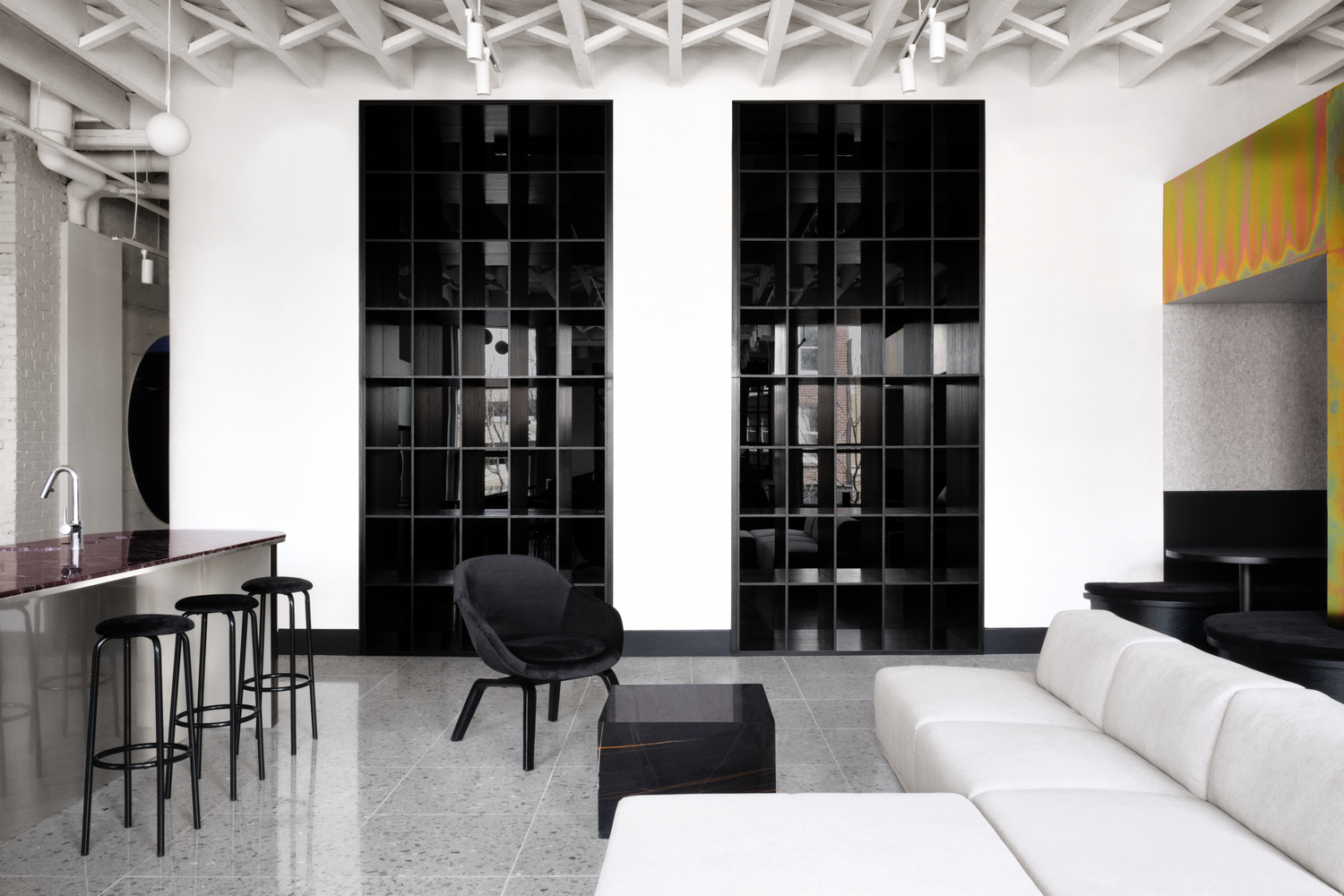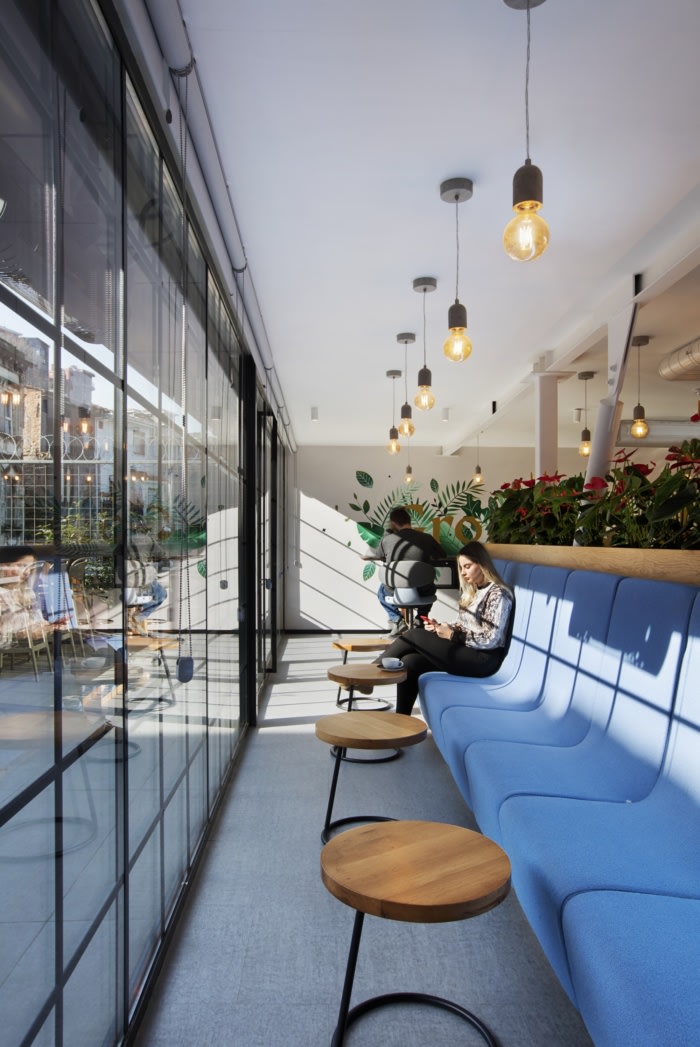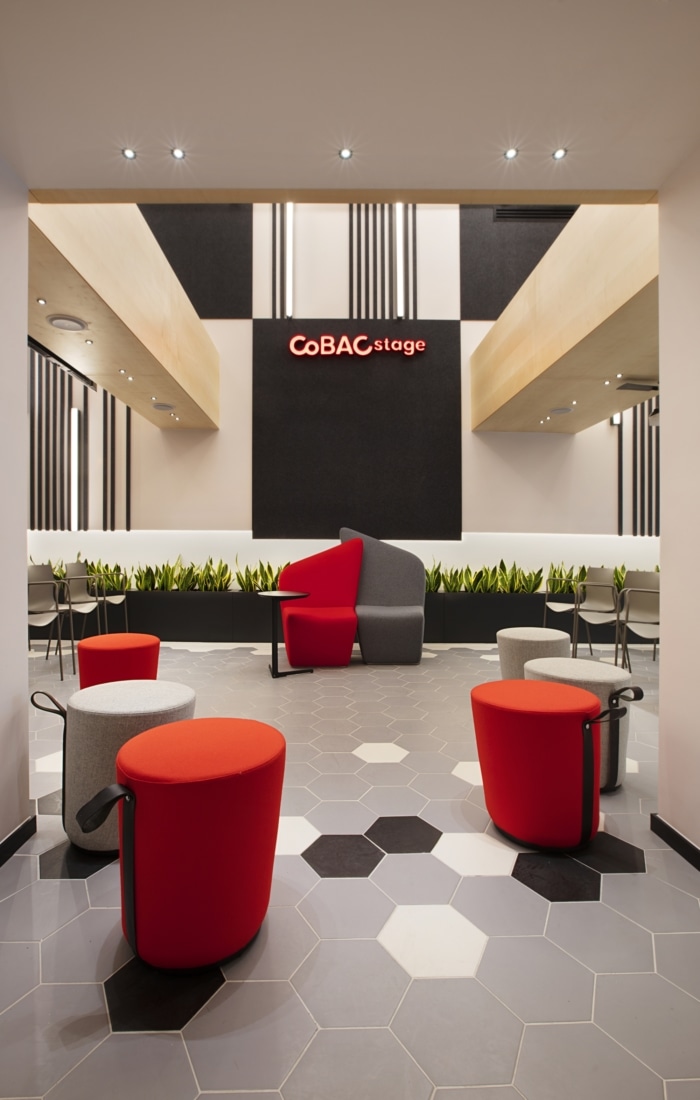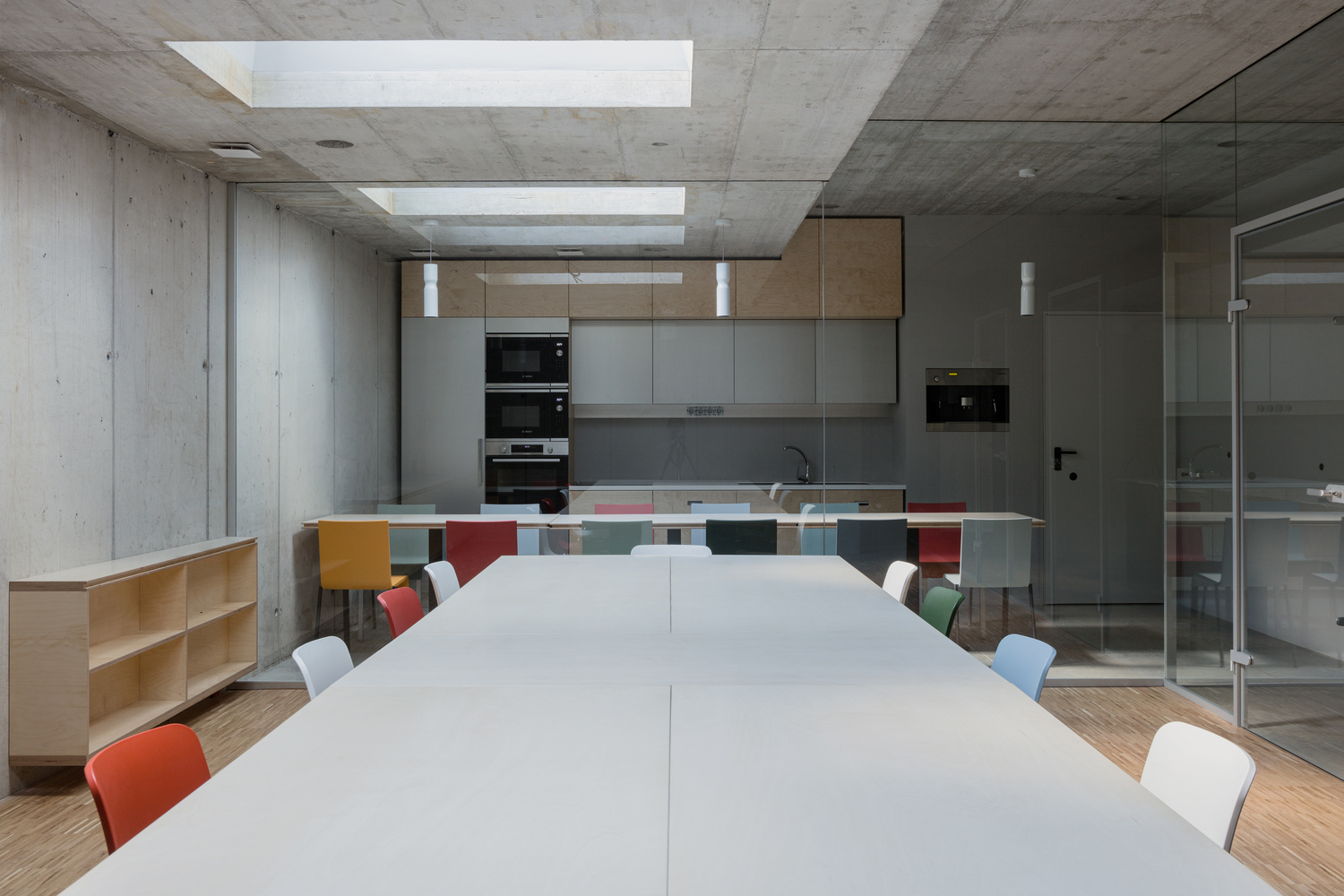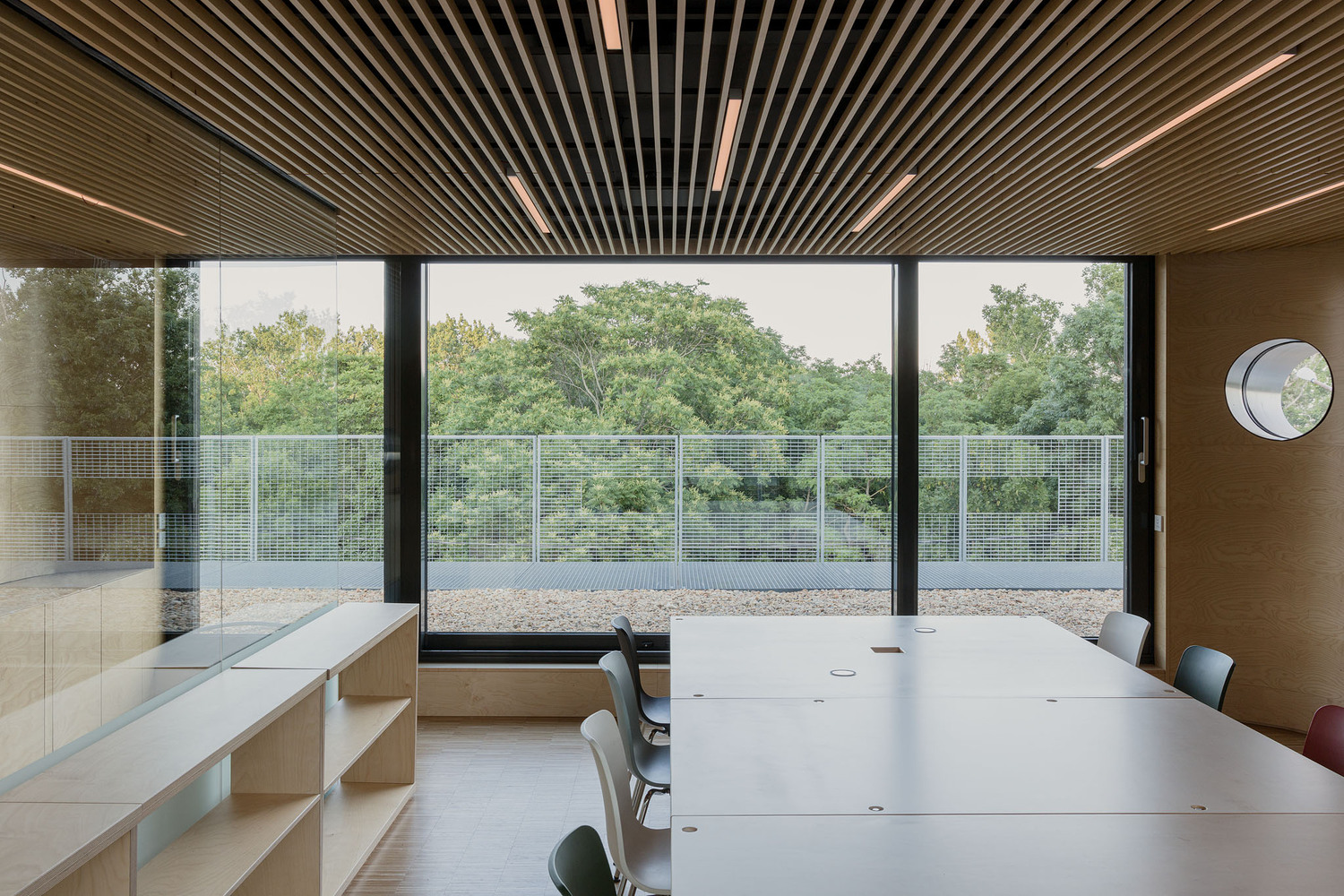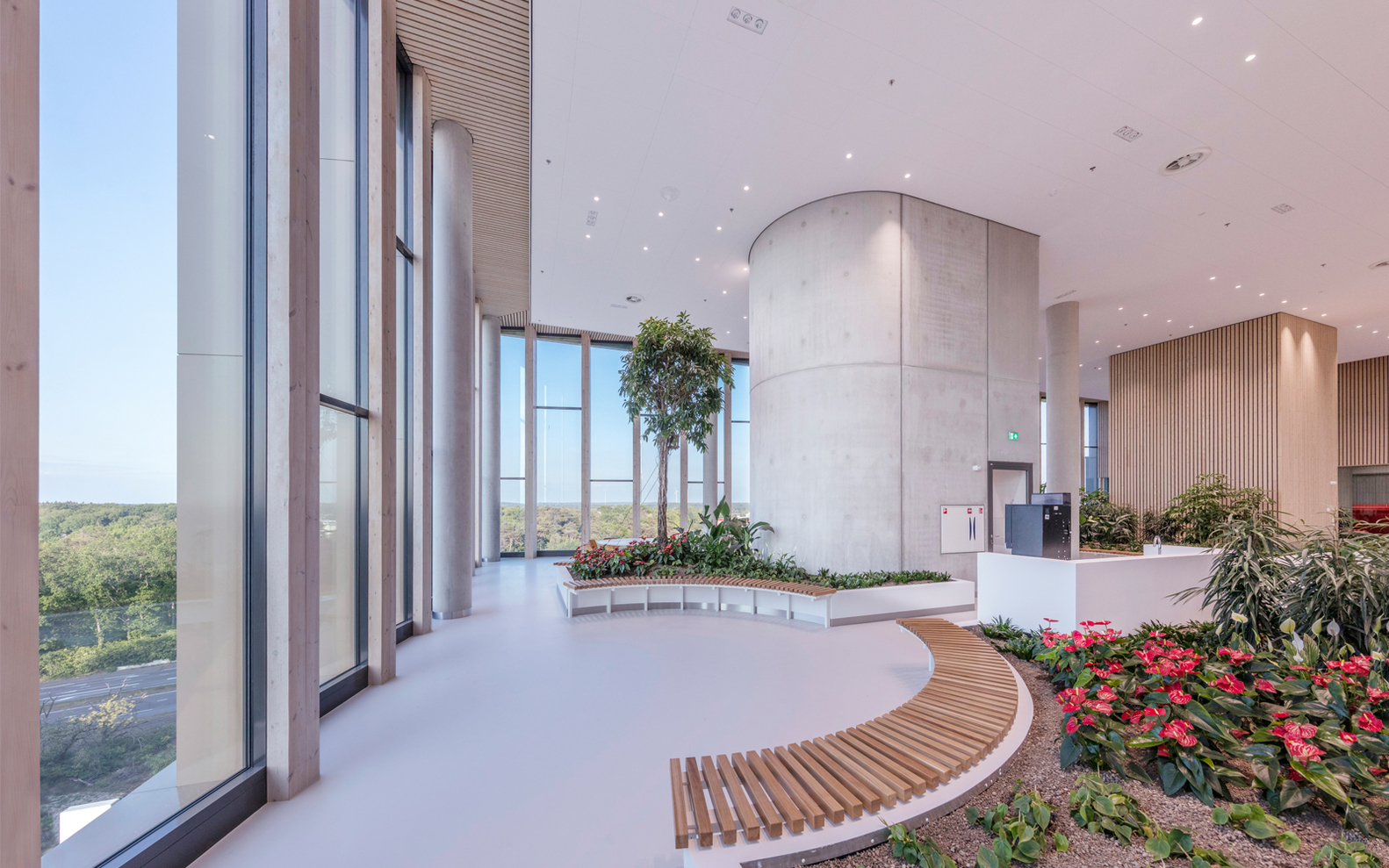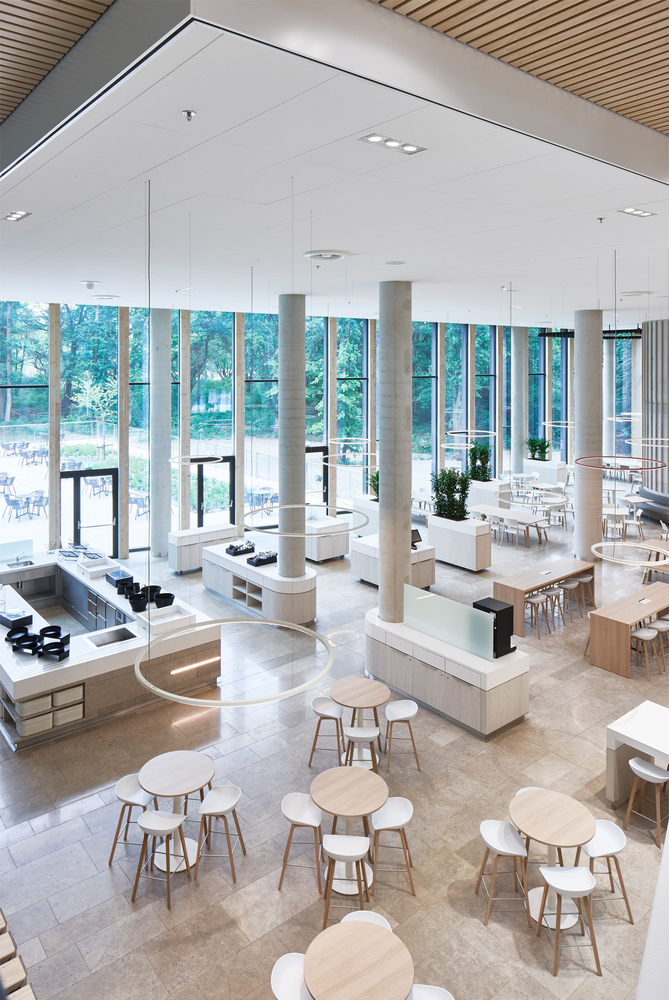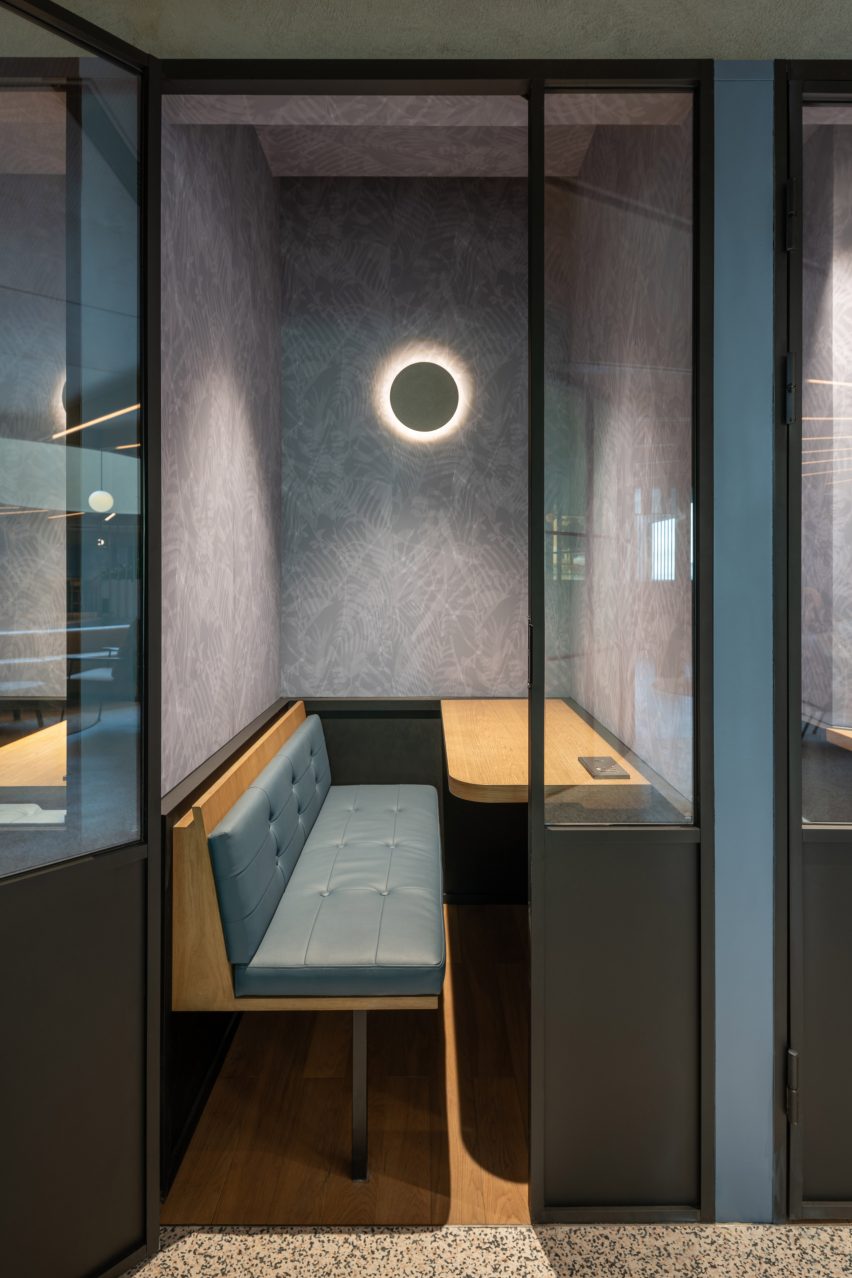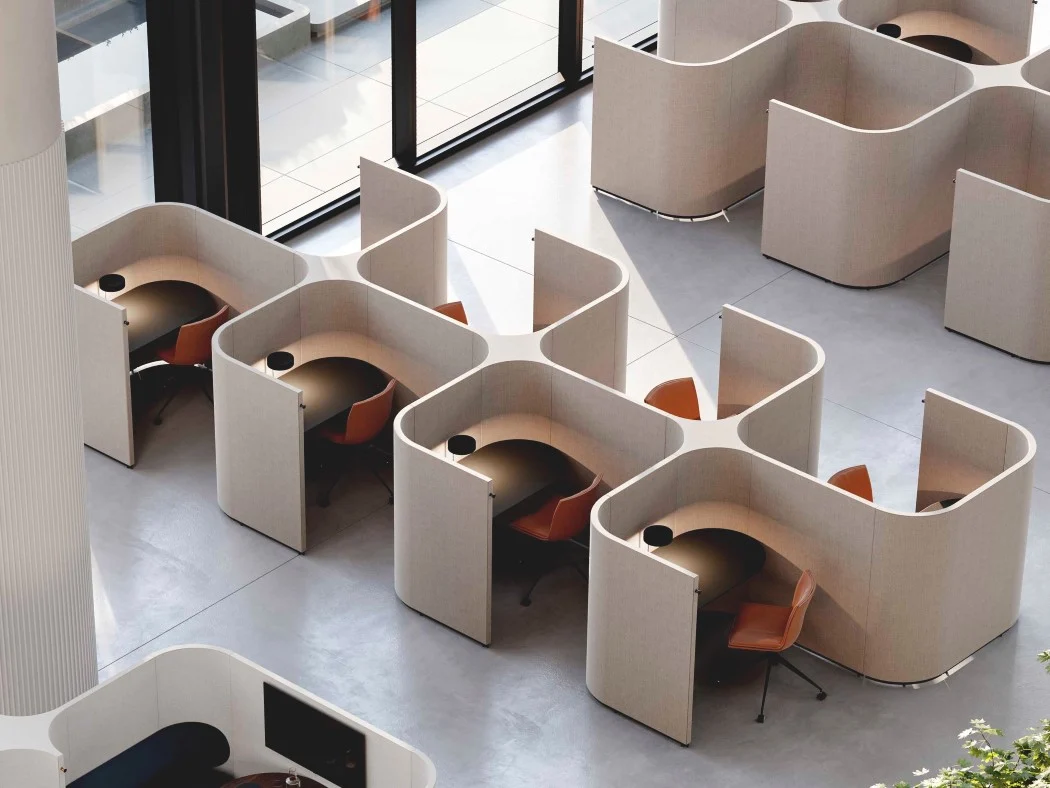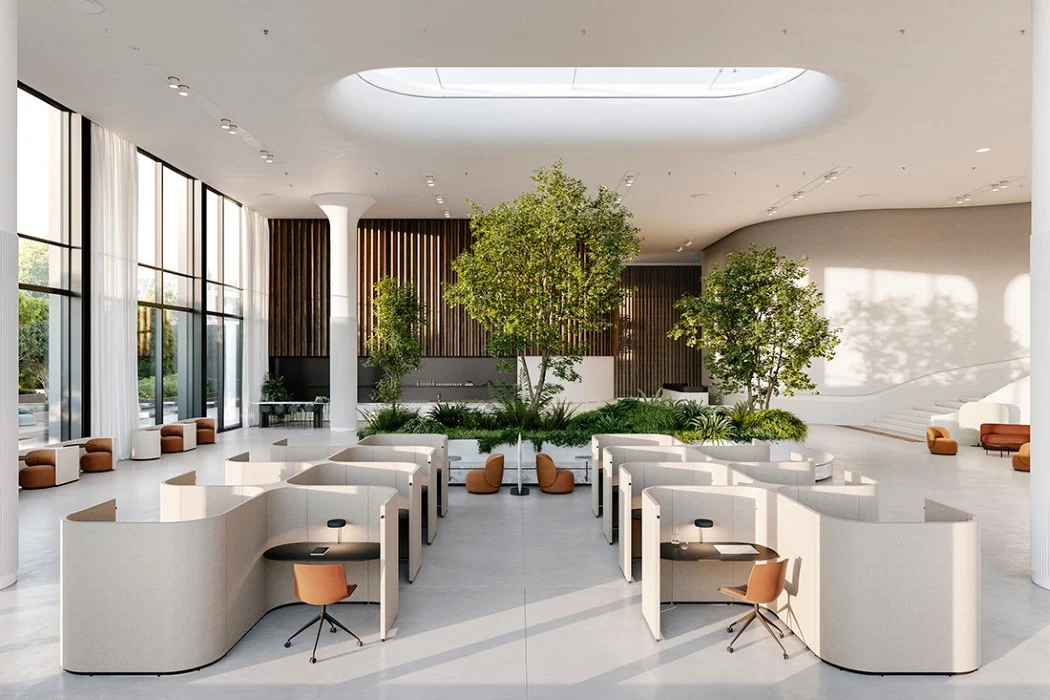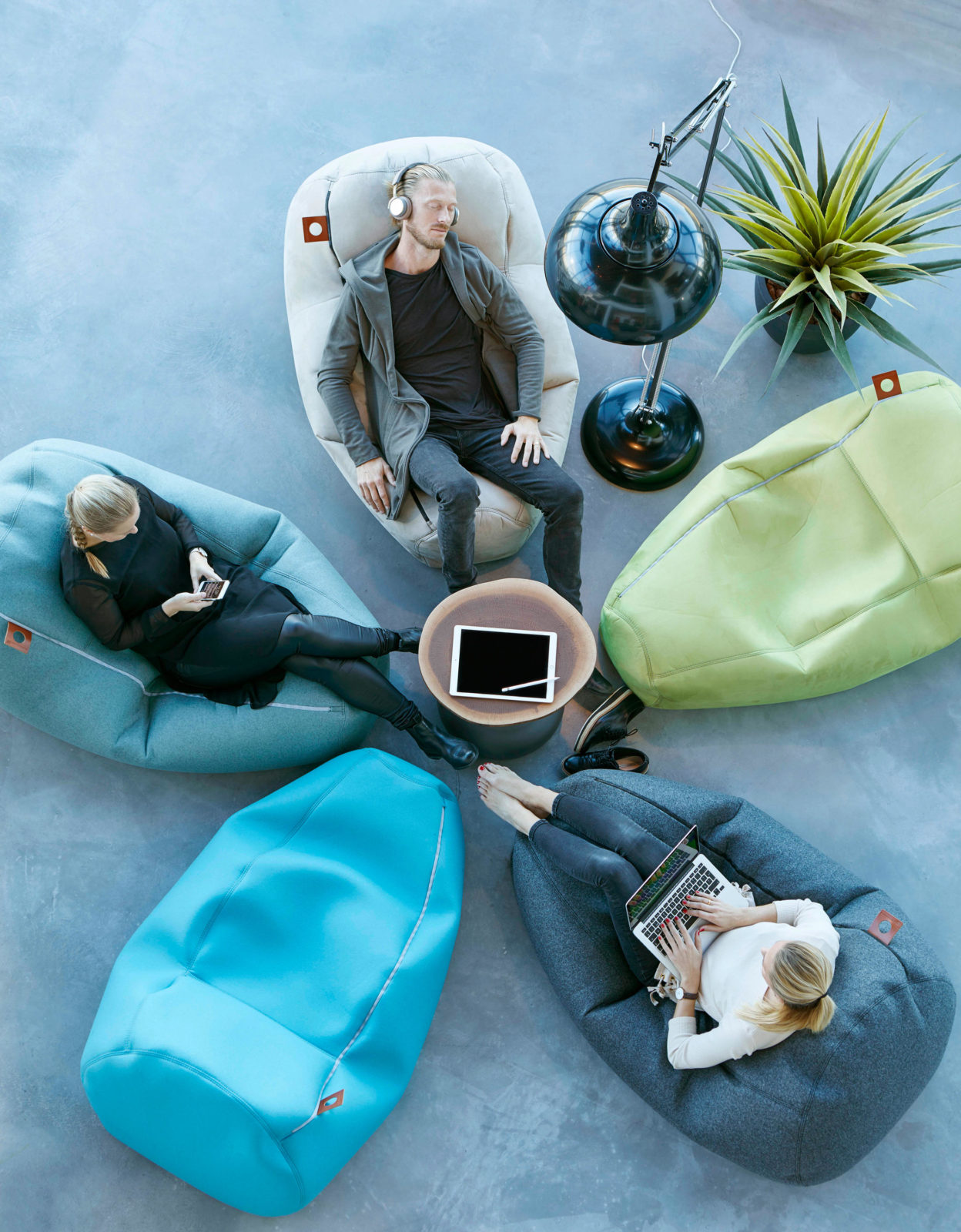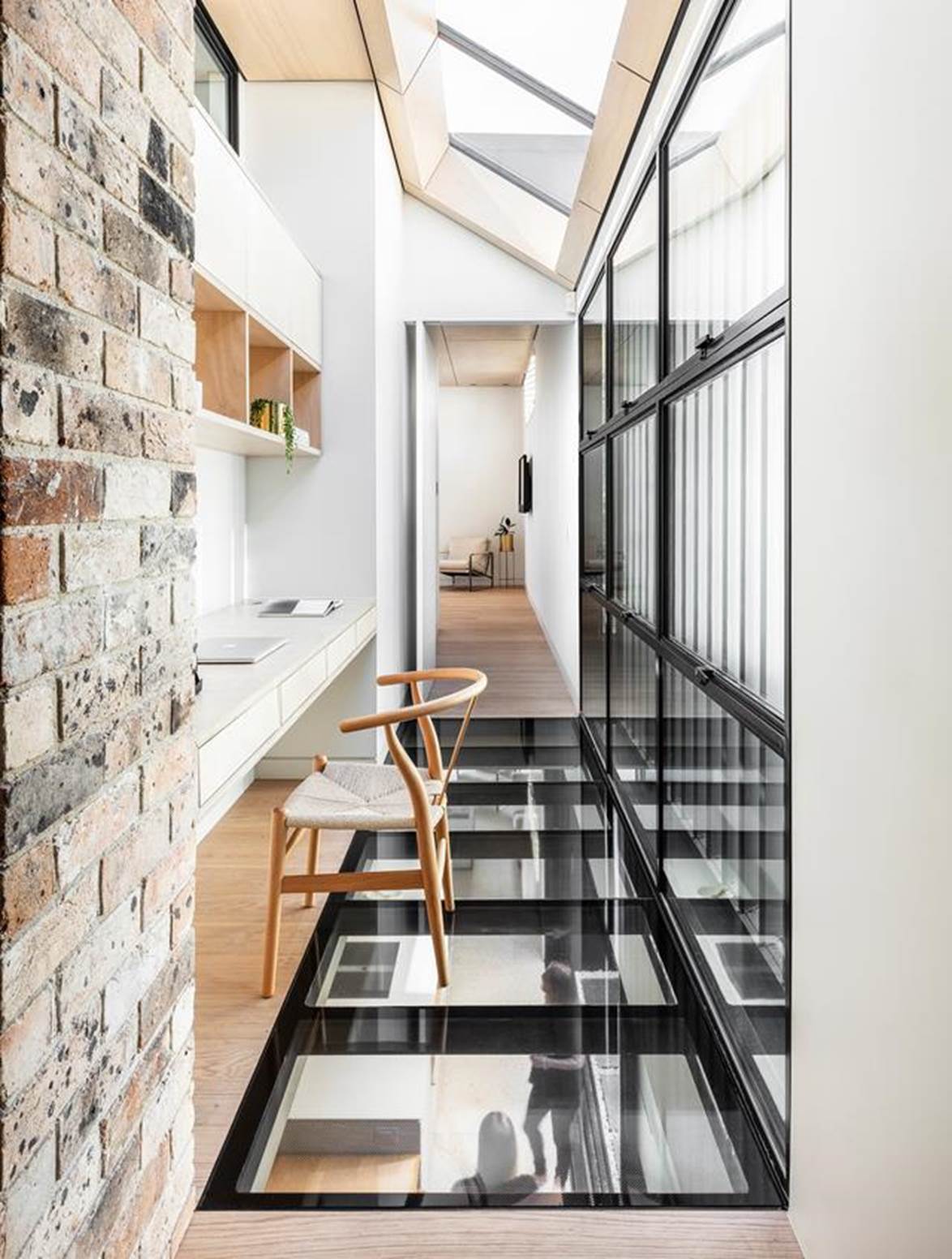The world is changing fast around us, and everything needs to adapt to this change. The future of the office calls for more dynamic and flexible workspaces with a strong identity and a unique sense of space as the traditional role of an office just as a place to work is diminishing. With that, the layout of an office is changing and the furniture is getting more creative and flexible—even desks do not look the same anymore!
“The office is a convenient container to put the values and protocols and shared aspirations of any organization. But you don’t need to fill it with desks.”
—Jeremy Myerson, Worktech
What Does a Flexible Workspace Mean?
A flexible workspace is a type of workspace designed to provide employees with a variety of different places and ways to work. Unlike traditional offices with fixed and assigned desk positions, workers in a flexible office space can choose the area of the office that best suits the type of work they need to do at that moment.
8 Flexible Workspaces for a Productive Future Office
-
Coworking Space
Coworking spaces are spaces where employees from different departments, and sometimes even different companies, gather to work together or independently. This workflow style allows for cost savings because employees use common infrastructures, and enhance the collaboration and experience sharing between people coming from different backgrounds, which can foster the project they are working on.
Investing in flexible workspaces for coworking spaces has been on the rise especially with the growing small businesses and startups. Simply, all they need is some desks, comfortable chairs, and a good internet connection!
In Spacial Office designed by IVYSTUDIO, the flexible working environment for a total of 120 people, with different sizes of rentable offices and a variety of shared common areas is the first of its brand—this space had to stand out from its competitors by offering a unique vision for coworking.
-
Desk-free Coworking Space
A desk-free coworking zone is definitely a flexible workspace. Change boosts creativity and hence productivity, and this change can be as simple as sitting on a comfortable couch or a soft beanbag! Moreover, these desk-free workspaces are more flexible in terms of furniture arrangement alternatives so people can co-work or work independently.
Desk-free flexible workspaces can remove the boundaries between work and life when utilizing furniture used in all other types of spaces. The CoBAC Workspace in Istanbul aims to “remove the boundaries between professional workplaces and life while providing the essential physical and social conditions for creativity and productivity for freelancers.”
-
Meeting Space
The change in the way people manage work meetings and the fact that the concept hierarchy is diminishing as time passes calls for a more flexible meeting space. Flexible workspaces offer both traditional meeting setups and the opportunity for more dynamic arrangements. A flexible meeting space allows the meeting participants to very easily rearrange the room as they desire—according to the meeting type and purpose and the number of participants.
In GeoConcept Headquarters designed by Térhálózat, the meeting table comprises smaller modular tables so they can be easily split or rearranged.
-
Informal Meeting Space
Informal meeting spaces should be a part of every flexible workspace; they bring dynamicity and color into the office and foster informal conversations that can lead to creative ideas. Some puff chairs or a number of comfortable sofas placed in front of a projecting screen or a whiteboard can be beneficial for a quick meeting or a presentation.
Informal meeting spaces are usually placed in the heart of working spaces so they give a sense of openness and invite more people into these meetings.
Canon Production Printing Headquarters designed by Broekbakema, the first plaza on the two lowest floors contains the restaurant, auditorium, and meeting rooms. From the third floor up each plaza borders two office floors. This allows for the employees to meet both easily and informally for a meeting or chat moment during coffee.
-
Private Offices
Some work tasks can only be done in the quietest of spaces, and some people can not actually focus only when they are on their own. In the modern flexible workspace, hierarchy is not an issue anymore, and it is not the motivation behind private offices—private offices of the future workplace —just like all other types of workstations— are for whoever needs them.
Moreover, the zoning and placement of private offices within a building have changed as they are not isolated from co-working spaces, they are rather placed within the latter to allow for easier transition and communication.
In the Shanghai office block’s swimming pool that was converted by Linehouse into a flexible workspace, when workers need to take a call, they can escape to one of the private phone booths which are at the peripheries of the room.
-
Individual Desk
Individual desk spaces might sound traditional, however, they are a necessity even in flexible workspaces. Individual desks are functional for the concept of hot desking. Hot desking is an office organization system that involves multiple workers using a single physical workstation or surface during different time periods.
Some individual desks are highly flexible—they can be transformed into meeting tables or standing desks. Moreover, when designed a certain way, these desks can act as protection from corona-virus infections.
-
Activity-Based Workstations
Good things happen over coffee! One of the most playful and flexible work-spaces is activity-based workstations. Some companies make the best of their kitchenettes and coffee booths by arranging workspace furniture around them. This zoning concept creates a dynamic and fun working environment.
The activity can be anything—coffee talks, lunch, a game, meditation, and even napping!
-
Home Office
Home offices were often under designed, but not after COVID 19—with all the lock downs and everyone having to work from home, investing in healthy and flexible work-spaces for home offices is on the rise. Home offices are even more flexible—everything is chosen according to the home owner’s taste and design.
Taking the time to design and arrange your own flexible workplace at home will boost productivity, encourage creativity, and improve your overall workflow. The upstairs hallway of this Australian home and garden accommodate a home office area. Skylights keep the otherwise closed space open and light-filled.


